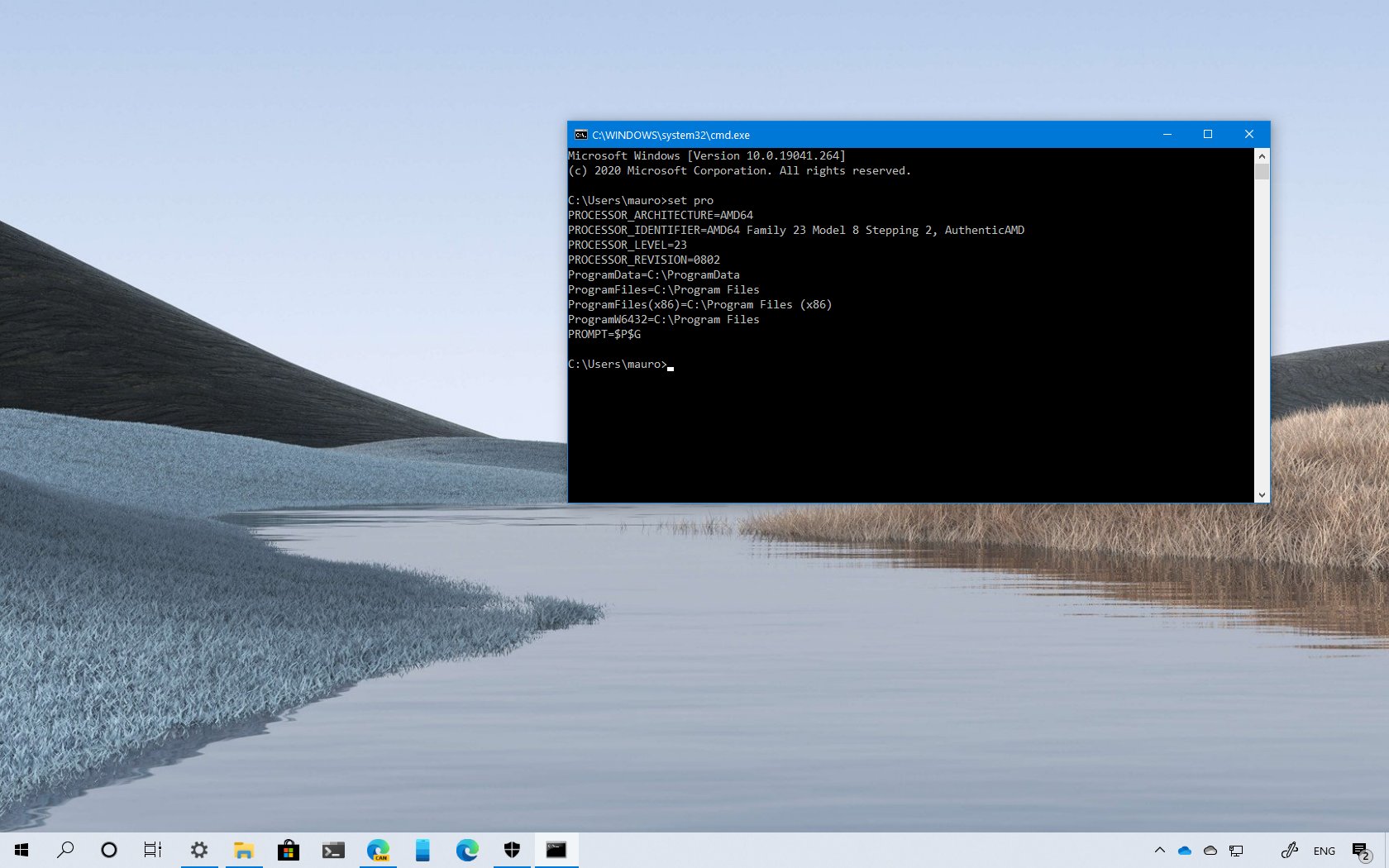Starting with Windows 10 version 2004, May 2020 Update, Microsoft begins the retirement process of the 32-bit architecture of the operating system.
According to the minimum hardware requirements for Windows 10 page, beginning with the release of the May 2020 update, Microsoft will no longer offer 32-bit builds for computer manufacturers, and all the new devices will be required to run the 64-bit version of Windows 10. However, the software giant won’t stop supporting 32-bit in the near future, as the documentation page reveals that the change won’t “impact 32-bit customer systems that are manufactured with earlier versions of Windows 10.”
Also, the company remains committed to release feature and security updates for Windows 10 32-bit, and it’ll continue to offer “32-bit media availability in non-OEM channels to support various upgrade installation scenarios.”
In the case that you use the 32-bit version of Windows 10, you don’t need to upgrade to the 64-bit version immediately. However, you should start considering to make the switch since the 64-bit architecture allows the device to use more memory, therefore making the hardware run faster and improving your productivity.
If you’re planning to upgrade, you should know that it’s not possible to upgrade from 32-bit to 64-bit. If you want to switch, then you must start with a new 64-bit clean installation of Windows 10.

